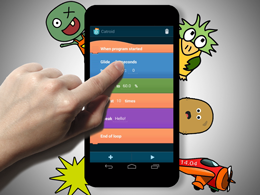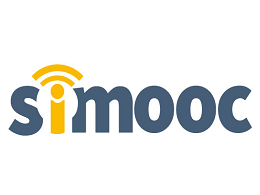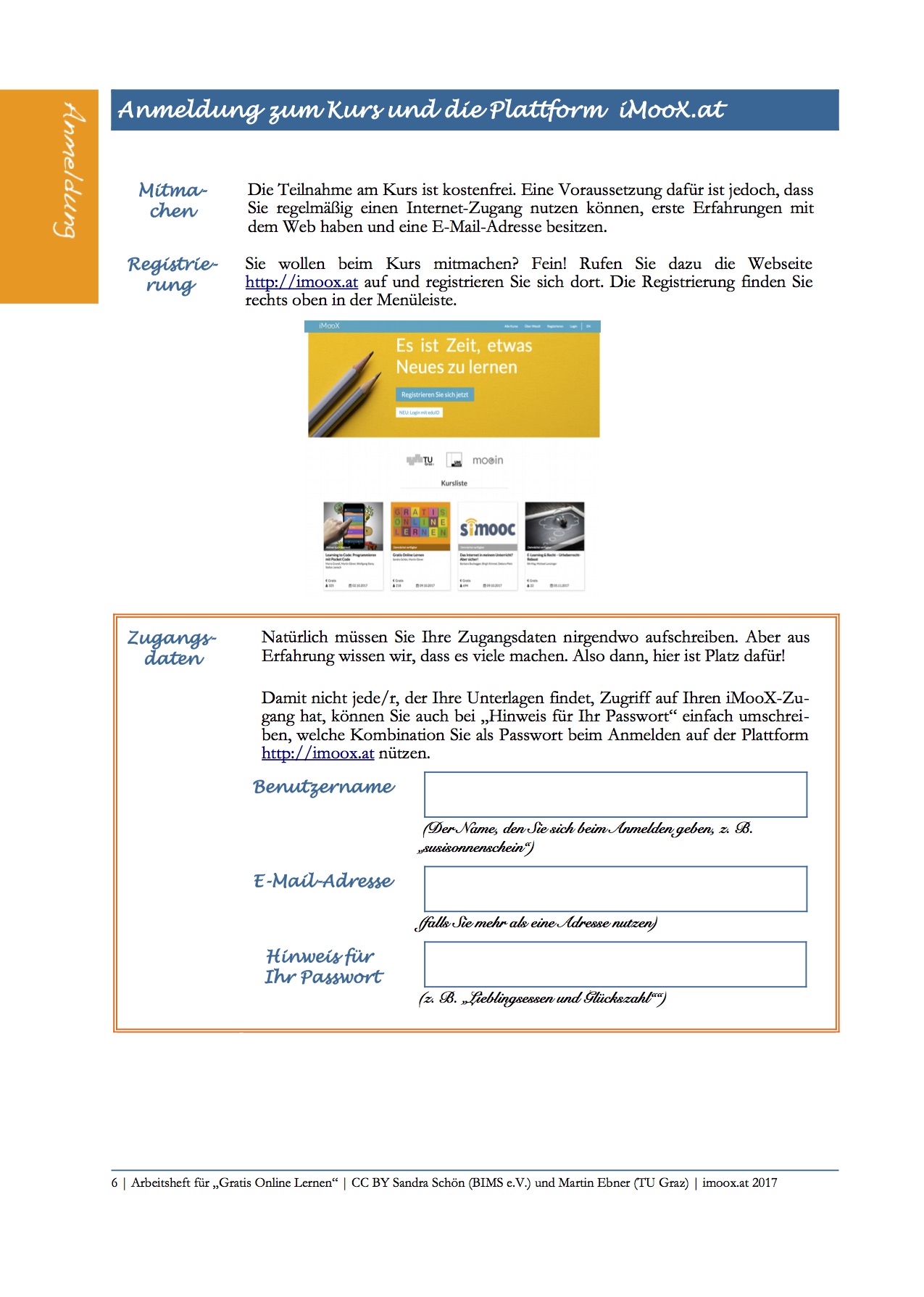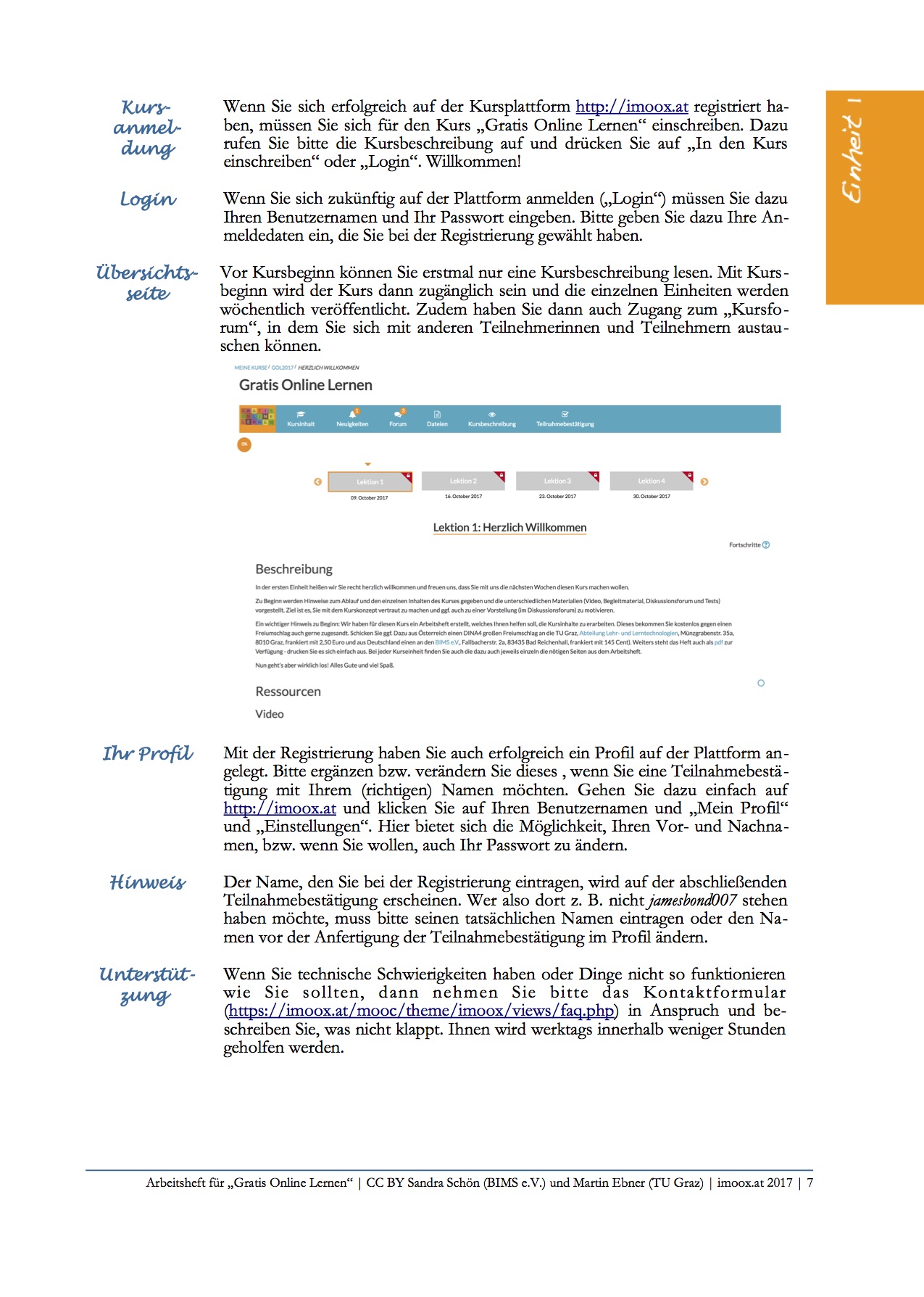Our first publication at this year HCII 2017 conference was about „Development of a Dashboard for Learning Analytics in Higher Education“.
Abstract:
In this paper, we discuss the design, development, and implementation of a Learning Analytics (LA) dashboard in the area of Higher Education (HE). The dashboard meets the demands of the different stakeholders, maximizes the mainstreaming potential and transferability to other contexts, and is developed in the path of Open Source. The research concentrates on developing an appropriate concept to fulfil its objectives and finding a suitable technology stack. Therefore, we determine the capabilities and functionalities of the dashboard for the different stakeholders. This is of significant importance as it identifies which data can be collected, which feedback can be given, and which functionalities are provided. A key approach in the development of the dashboard is the modularity. This leads us to a design with three modules: the data collection, the search and information processing, and the data presentation. Based on these modules, we present the steps of finding a fitting Open Source technology stack for our concept and discuss pros and cons trough out the process.
Reference: Leitner P., Ebner M. (2017) Development of a Dashboard for Learning Analytics in Higher Education. In: Zaphiris P., Ioannou A. (eds) Learning and Collabo- ration Technologies. Technology in Education. LCT 2017. Lecture Notes in Computer Science, vol 10296. pp. 293-301 Springer, Cham





